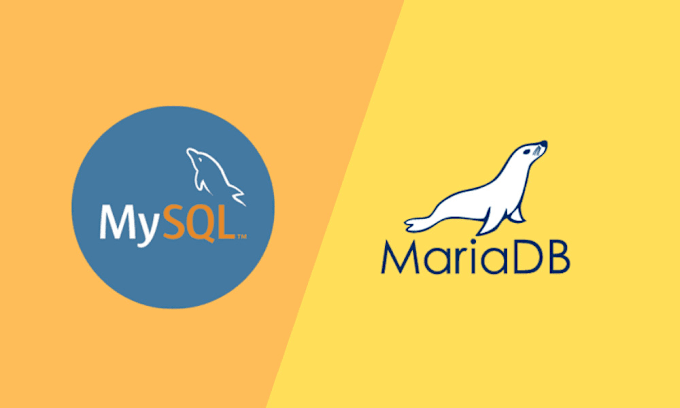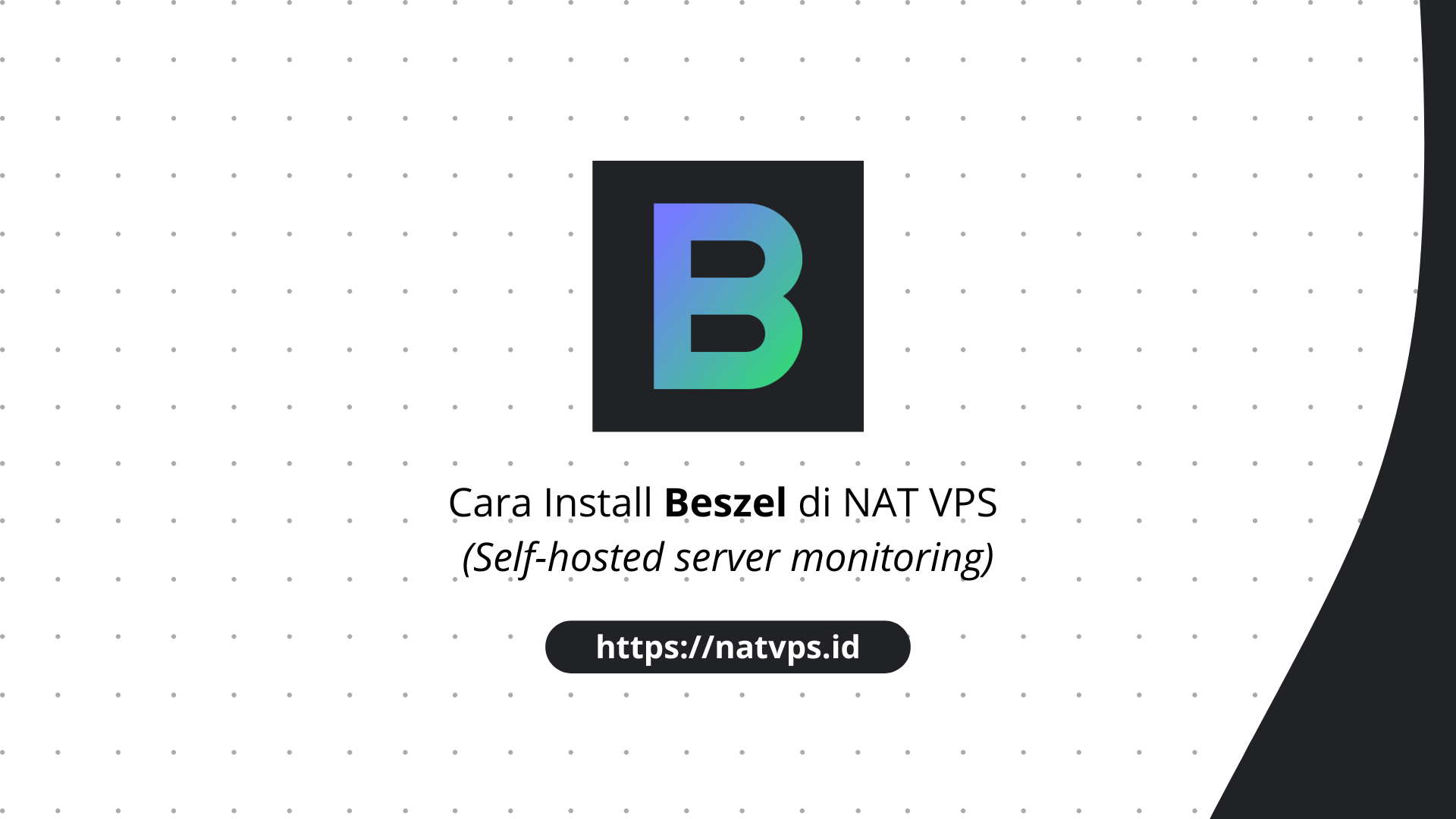Introduction
Mariadb Database Server Installation and Configuration Guide in Debian 10 is one of the most popular relational database management systems (RDBMS) and is a fork of MySQL. Created by the original Mysql developer after Oracle acquired MySQL, Mariadb was designed to remain free software under the GPL license. With almost full of compatibility with MySQL, Mariadb is the first choice for many applications that previously used MySQL.
In this article, we will discuss what Mariadb is, how it works, and how to install and configure it in Debian 10.
What is Mariadb?
Mariadb Database Server Installation and Configuration Guide on Debian 10. Mariadb is a database management system that uses SQL (Structured Query Language) to access data stored in the tables in the database. Mariadb is widely used in various applications, ranging from web applications to enterprise applications. Because of its reliable ability, good performance, and guaranteed security, Mariadb is a solid choice for data management on small to large scale.
Mariadb Installation in Debian 10
Here are the steps to install Mariadb in Debian 10:
1. Update the system
The first step is to update the package list on your Debian system. This is to ensure that all software on the system is updated to the latest version.
sudo apt update
sudo apt upgrade -y2. Mariadb Installation
Debian 10 has Mariadb in its official repository, so you can install it directly by using the command apt.
apt install mariadb-server3. Starting Mariadb Service
After the installation is complete, the MariaDB service will begin automatically. However, you can ensure that the MariaDB service runs with the following command:
systemctl status mariadbSecuring the Mariadb installation
mysql_secure_installationMariadb’s configuration in Debian 10
After the basic installation is complete, you might want to do some configurations to adjust Mariadb to your needs.
1. Changing the Bind Address for long distance access
By default, Mariadb only received a connection from Localhost (127.0.0.1). If you want to allow access from a distance, you need to change the settings bind-address.
- Edit Mariadb Configuration File:
nano /etc/mysql/mariadb.conf.d/50-server.cnfbind-address = 127.0.0.1- Change 127.0.0.1 to 0.0.0.0 to enable all IPs:
bind-address = 0.0.0.0- Save and close the configuration file. Restart Mariadb’s service to apply changes:
systemctl restart mariadb2. Add new users with long distance access rights
If you need to create a user who can access the database remotely:
mysql -u root -p- Add new users and remote access:
CREATE USER 'nama_pengguna'@'%' IDENTIFIED BY 'kata_sandi';
GRANT ALL PRIVILEGES ON *.* TO 'nama_pengguna'@'%' IDENTIFIED BY 'kata_sandi' WITH GRANT OPTION;
FLUSH PRIVILEGES;3. Add new users with long distance access rights
mysqladmin is a command line that can be used to manage Mariadb. Some general commands including:
- See Mariadb’s status and restart:
mysqladmin -u root -p status
Restart MariaDB:- See Mariadb’s status and restart:
mysqladmin -u root -p versionCover:
By following the Mariadb Database Server Installation and Configuration Guide on Debian 10, you have successfully managed the database using the Mariadb application on Debian 10. Mariadb’s Installation and Configuration Guide One of the most popular Dabate applications today. Hopefully this guide is useful for you!
Also Read Articles About: CLI -Based Database Server Management Guide
Game Center
Game News
Review Film
Rumus Matematika
Anime Batch
Berita Terkini
Berita Terkini
Berita Terkini
Berita Terkini
review anime



